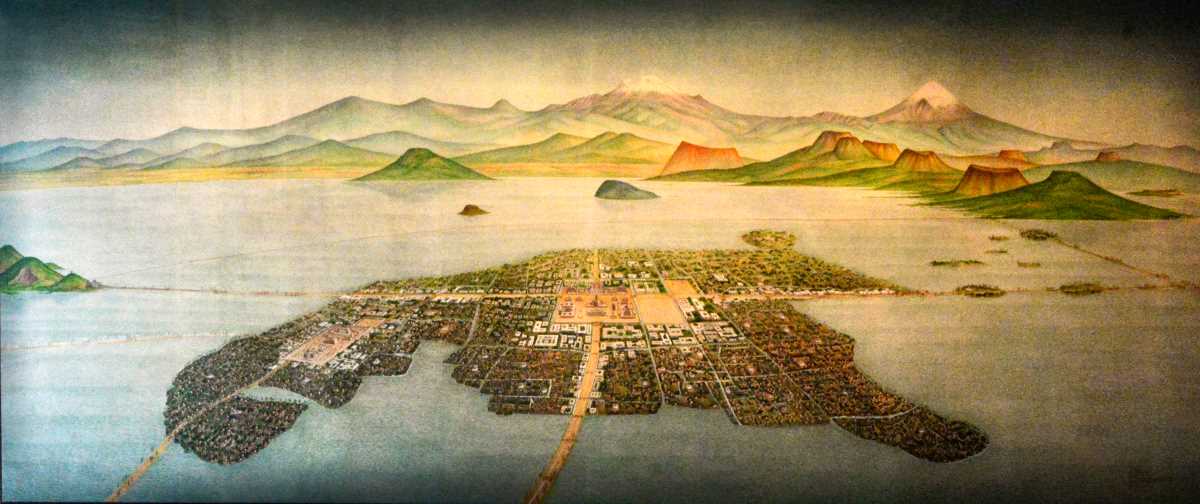How Marrying a Princess Built Aztec Tenochtitlan
The Aztecs, once a barbaric, wandering group, found their home on islets in the Texcoco lagoon around 1370 AD. Their journey to greatness, propelled by prophecy, political maneuvering, and the pursuit of refuge, eventually led to the rise of Tenochtitlan.

In the annals of history, there are tales of civilizations rising from the ashes, emerging from the shadows of obscurity, and soaring to great heights. Yet, the story of the Aztecs, who arrived on the scene in 1215 AD, is not your typical Cinderella story. Far from it! Their journey to greatness was marked by barbarian roots, bloody sacrifices, and a lot of wandering.
Imagine, if you will, a ragtag group of predatory and pugnacious individuals, led by the bloodthirsty priests of Huitzilopochtli, their fearsome god. These were the Aztecs, and as you might guess, they weren't exactly welcome in the cities dotting the valley. The locals considered them to be false and treacherous – not the kind of neighbors you'd invite over for a cup of cocoa.




